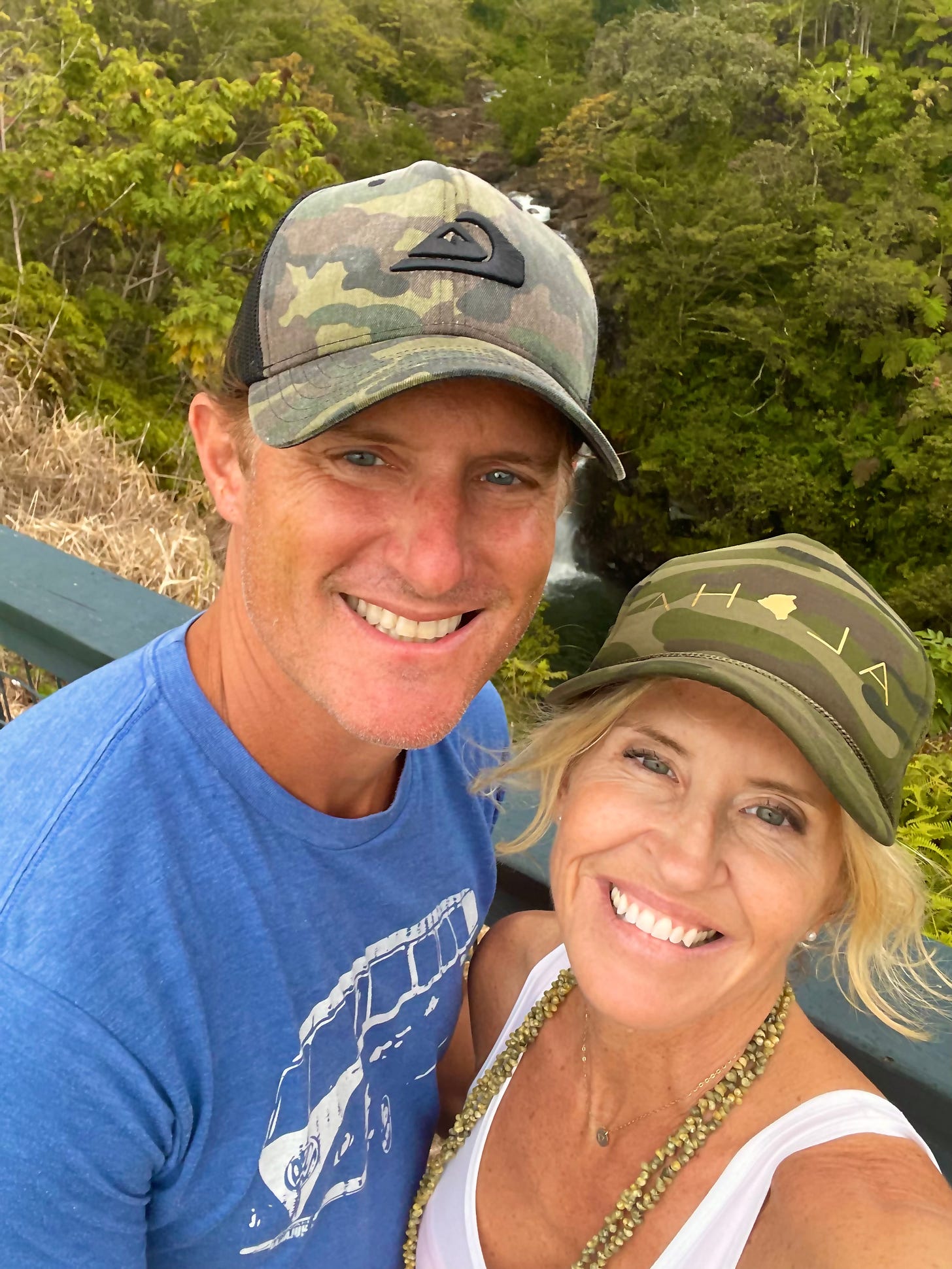Why Going Slow Is the Fastest Way to Heal
6 Common Mistakes in Early Trauma Recovery — and What to Do Differently
This is the first post in the 14-week Rewired Healing Series. Every Tuesday, we’ll explore one core piece of Complex PTSD recovery — through a trauma-informed, neuroscience-based lens.
📚Summary
In the early stages of healing, many of us unknowingly recreate the very stress our systems are trying to escape. We dive headfirst into doing the work — only to end up overwhelmed, discouraged, or re-traumatized.
This post explores 6 common mistakes to avoid in early healing — and what to try instead — so you can build your healing foundation on safety, not pressure. 💛
🧘The Trap of "Doing Healing Right"
So many of us want to feel better as soon as possible.
We try to do everything “right”:
📝 Journaling every day
📚 Reading all the books
🌬️ Practicing breathwork or meditation
🧑⚕️ Scheduling therapy or coaching sessions
But instead of feeling more regulated… we end up:
😓 Emotionally exhausted
🚨 Triggered more often
🤔 Doubting whether we’re cut out for this
This doesn’t mean you’re doing it wrong. It means your nervous system needs a different starting point.
When your system has spent years in survival mode — fight, flight, freeze, or fawn — it takes time to rewire a sense of safety.
🚫 6 Things to Avoid in Early Healing
1. Overloading yourself with tools, books, or practices
It’s easy to want to try everything. But too much input overwhelms an already-taxed nervous system.
👉 Instead: Choose 1–2 gentle practices (ex. meditation & journaling) and stick with them. Repetition builds safety.
2. Jumping into heavy trauma content too early
Reading triggering content or trying to revisit traumatic memories too early in your healing can activate your nervous system instead of helping it. That intense activation might feel productive — like you’re having a breakthrough — but it often just stirs up your system and leaves you feeling worse.
👉 Instead: Start by calming your body first. Ask: “Do I feel grounded enough to take this in?” If not, Take a deep breath and press pause. Move forward with baby steps. You don’t need to uncover everything all at once. Listen to your body.
3. Expecting transformation overnight
Healing doesn’t happen in a straight line. Some days will feel like setbacks — even when you're making progress.
👉 Instead: Measure your growth in moments — not milestones. Did you pause instead of spiraling? That counts.
4. Forcing positivity or bypassing real emotions
Telling yourself to “just be grateful” or trying to “think happy thoughts” when your system is dys-regulated can actually make you feel more disconnected.
👉 Instead: Allow your full emotional truth. Start with: “What am I feeling right now?” and respond with compassion.
5. Comparing your healing timeline to others
Everyone’s trauma is different — and so is their path. Watching others “move faster” can trigger shame.
👉 Instead: Focus on your nervous system’s pace. The slow way is the sustainable way. 🐢
6. Trying to heal without co-regulation
Healing alone is possible — but hard. When we feel safe with others, our nervous system learns new patterns faster.
👉 Instead: Seek out safe people, groups, or even a calm voice on a podcast. Co-regulation doesn’t have to be in person.
🌱 What to Focus on Instead
In these early stages, your job isn’t to do more — it’s to help your body feel safe enough to begin.
Try this:
💬 Gentle daily check-ins: “What do I need right now?”
(Examples: A walk? A snack? A few minutes of silence?)
🔍 Curiosity over judgment
(Instead of: “Why am I like this?” → Try: “I wonder what my body’s trying to tell me.”)
😴 Rest over productivity
(Healing sometimes looks like closing your eyes, not checking a box.)
You’re not behind. You’re building safety — and that’s brave, sacred work.
👀 Coming this Thursday for paid subscribers:
“7 Subtle Signs Your Nervous System Is Starting to Heal - Recognize the Early Signs of Safety as You Begin to Heal” A hopeful, relatable post to help you recognize the small but powerful signs that healing is already happening — even when it doesn’t feel like it.
Includes this week’s worksheet: Creating Safety: What to Avoid in Early Healing — created to help you slow down, reflect, and create a sense of internal stability.
You don’t need to be a paid subscriber to feel supported here.
Every week, I’ll continue sharing free educational and healing content around our ‘Rewired’ series theme — because this work is for all of us.
📌 About Us:
We’re Kristin & Travis Francis — founders of Complex PTSD Warrior. We provide trauma-informed education & support for healing your nervous system, repairing relationships, and breaking generational cycles — with curated tools based in neuroscience & lived C-PTSD experience
Our mission is to spread Complex PTSD Awareness, Education & Tools around the world.
If this post helped you feel seen, understood, or less alone — we’d be so grateful if you’d share it with someone who might need it too.
It could be the message they’ve been waiting their whole life to hear.
Disclaimer: The content shared here is for educational and informational purposes only and is not a substitute for professional mental health care, diagnosis, or treatment. Please go at your own pace, and always prioritize what feels safe for your body and nervous system. If you’re in crisis or need immediate support, please reach out to a licensed mental health provider or crisis resource in your area.






I must learn to slow down.
Great tips! I am already guilty of #1 and #2.